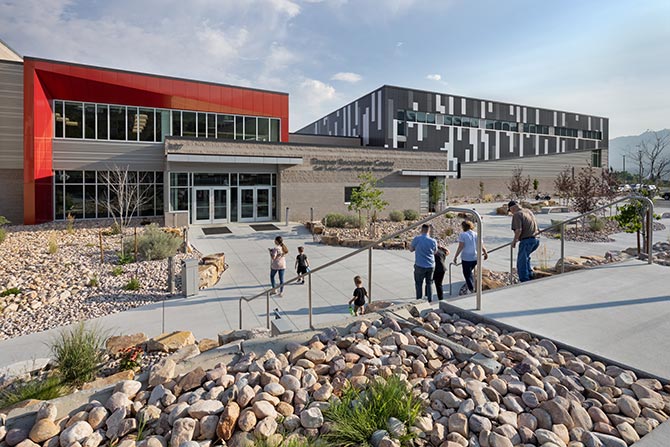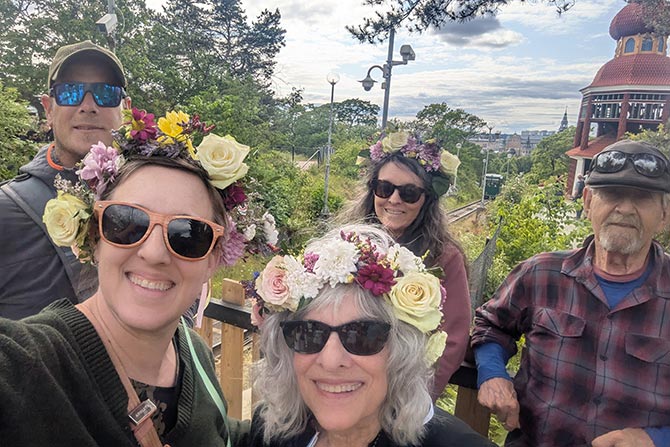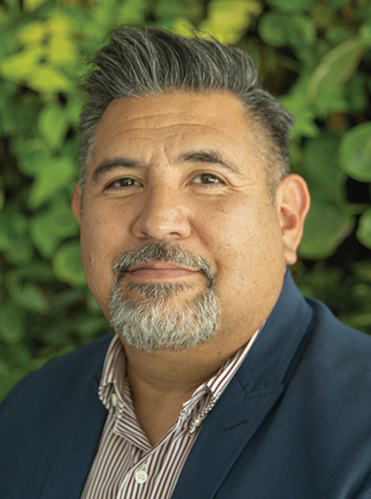
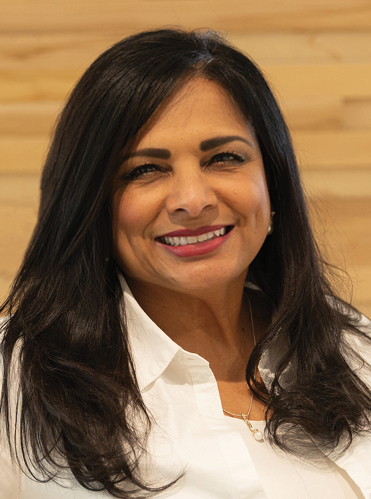
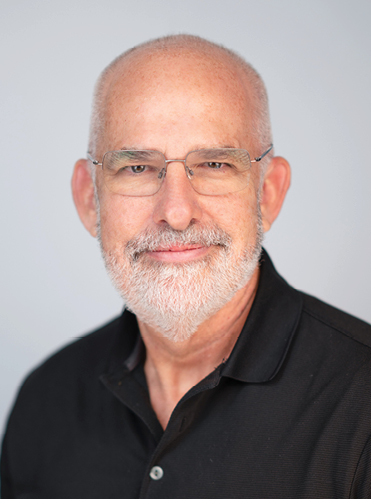
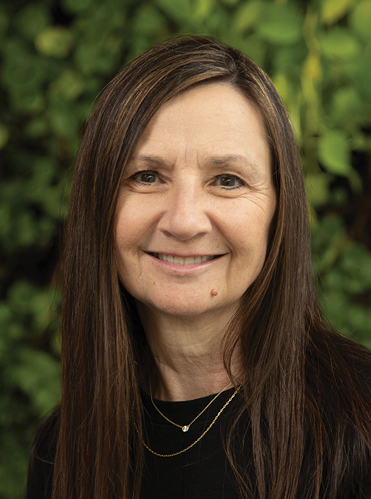
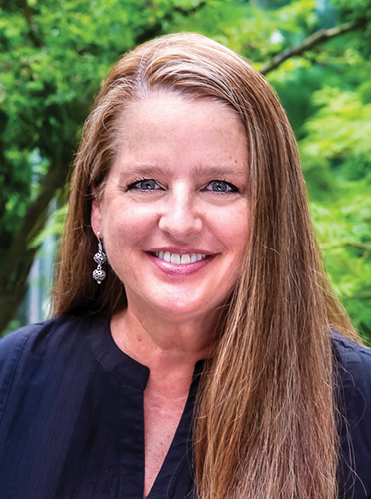
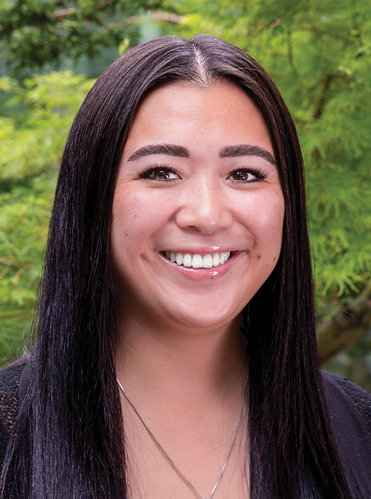
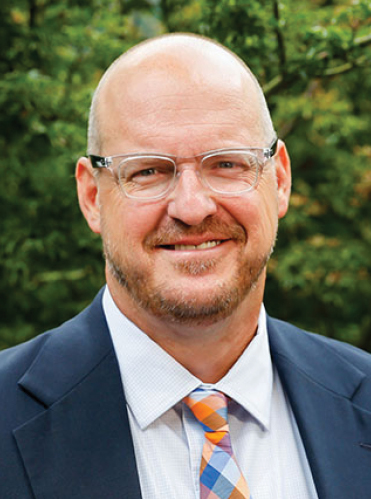
Architectural firms frequently buy or absorb other firms, but a true merger is something special. Architectural Nexus (Arch Nexus) was formed in 2003 when Jensen Haslem Architects and Thomas Peterson Hammond Architects decided that they no longer wanted to compete against each other, but to form a new entity using their compatible operational systems and corporate values to pursue larger, more complex projects. The union was remarkably successful. In 2025, Arch Nexus is comprised of approximately 100 professionals, in offices in Salt Lake City and Sacramento, working on projects throughout the Intermountain West.
Robb Harrop is the president of Arch Nexus and was with Jensen Haslem prior to the merger. He said that the merger positioned the firm to be awarded the thought-rich projects that define the firm. Their legacy clients now include the Huntsman Cancer Institute, St. Luke’s Foundation in Idaho, The Church of Jesus Christ of Latter-day Saints, Salt Lake County and federal clients like Hill Air Force Base. “We have been blessed with opportunities. Everything we do is geared toward making the experience meaningful for the clients, users and us,” said Robb.
The values that the firm uses to guide its operations are:
- Inspiration: Everything we do should be inspiring for the users.
- Stewardship: We are responsible for our clients’ resources, positioning them for success.
- Regeneration: We work the sustainable way; businesses and companies extend beyond themselves.
“Culture has always been front and center of who we are. We are people-driven. We believe we do outstanding projects because we work with amazing people. When people are passionate about what they do, it spreads across all aspects of the disciplines,” Robb said.
Arch Nexus leadership explains how that plays out in real-time, with real clients.
Thomas Peterson Hammond and Jensen Haslem both had a healthcare market focus, and this commonality was one of the motivations for their union. Huntsman Cancer Institute has been a long-term Arch Nexus client. Don Finlayson explained how that began in his “Legends” interview:
“At the Huntsman Cancer Hospital, we had an opportunity to start from scratch and do healthcare the right way. Working with me was a physician, Joe Simone, who was vital to the development of the Huntsman Cancer Institute and the director of the hospital. And we laid out some principles: We said the patient comes first. And throughout the design process, we would ask that question, ‘What’s best for the patient?’ And what you see when you visit that facility is our take on what was best for the patient, even if that made the assignments for those who work there a little bit more difficult.”
Although their portfolio extends into many markets, healthcare is still a strong suit of the firm.
Arch Nexus now has a three-decades old relationship with the Huntsman Cancer Institute, and Robb and Lisa Whoolery (Arch Nexus’ board chair) say that relationship is built on skills, service and truth-telling. Robb adds, “Huntsman believes that we know what their mission is, and that we can deliver the critical architectural infrastructure that the staff relies upon to deliver their services. The comprehensive facility, as well as the pleasant environment, provides the patients more optimism in their journey through a cancer diagnosis and subsequent treatment.”
Robb, who is a cancer survivor himself, said, “I saw first-hand the experience of what it meant to realize John Huntsman’s vision, from the patient’s standpoint: It is a daunting mountain of unknowns. When you go to a facility like Huntsman, and see the effort, money and research that is also expressed through beautiful architecture, you think, ‘Yeah, I have a partner who can help me beat this, help give me answers to some really big questions.’”
Alta Calcagno, an Arch Nexus project manager, tells a similar story about a very different client she was honored to serve: the Hill Aerospace Museum at Hill Air Force Base in Roy, Utah. Arch Nexus remodeled the institution’s original galleries and added new galleries for aircraft. Like Robb and Huntsman, Alta has a personal connection to the client and its mission. Her father-in-law was a Navy pilot during the Vietnam War, and her husband was a hospital corpsman for the Navy. “Some military installations have an uneasy relationship with their host cities, but the Hill Aerospace Museum helps Hill Air Force Base to make a positive connection to the surrounding community. The renovation project was a great effort.”
The process involved servicepeople, civilian personnel, family members and volunteers. They are proud of the museums and its mission and wanted to honor the men and women who built, flew and serviced these aircraft. The new gallery brought aircraft languishing on the museum grounds to exhibit and preserve them. “These are samples of airplanes that our grandfathers (and sometimes grandmothers) flew, often in foreign wars. The museum creates a legacy for these veterans and passes their stories onto the next generation,” said Alta. The Hill Aerospace Museum is free of charge for all visitors.
Green Design
While most architectural firms are invested, at least to some degree, in environmentally responsible architecture and sustainable design, Arch Nexus has taken this mantra to extraordinary levels. They routinely design buildings that go beyond conventional green building practices and focus on how a building interacts with and supports its surrounding ecosystem.
Project Manager Rachel Sittler says this focus drew her to Arch Nexus while she was still in school and keeps her there. “Just today, we had an in-house training on how AI impacts the environment.” Their regular “Green Minutes” trainings address current green strategies for designing buildings using sustainable approaches and materials that go beyond minimizing harm and give back to the environment.
Arch Nexus works with clients to infuse sustainable design into its projects to the highest degree feasible within the program and the budget. Arch Nexus’ energy-efficient projects include libraries, healthcare facilities, schools and commercial facilities.
Walking the Walk
The Arch Nexus Design Center, Arch Nexus’ Salt Lake Office, is emblematic of this deep commitment to sustainable design. Located at 2505 E. Parley’s Way, the building was an existing fitness center, with lots of potential for flexibility given its high ceilings, wide bays and open plan. Already a very green building, the Design Center was renovated to be certified by Living Future.
Rachel said, “We attract individuals who are very sustainability centric. When we remodeled this office in 2020 and our office in Sacramento, the renovations were about people living in living buildings. Now we operate in two of the greenest buildings in the world, and we can share it with clients. We are working in a lab, and we can demonstrate what works well and what needs improvement.”
Key features of the Platinum LEED-certified building include:
- Energy Efficiency: This building is 35% better than the national median.
- Water Conservation: The building minimizes water use. Greywater is used for toilet flushing and the interior irrigation of the five living walls. A 2,500-gallon rainwater cistern was installed on site, and rainwater is used for clothes washers and exterior irrigation. Stormwater runoff is managed with a swale.
- Material Sourcing: Whenever possible, Arch Nexus sources materials locally, and reused much of the material from the renovation onsite.
- Indoor Environmental Quality: The design maximizes natural light, ventilation and healthy indoor air quality.
Culture and Succession
Brian Cassil, Arch Nexus’ Director of Communications, who has been with the firm for 28 years, says, “Mentoring is a big part of our culture. We have to replenish the firm by growing the firm.”
The staff of a successful architectural practice must know how to put together a building, provide great design services and effectively serve clients. Over time, this develops a design portfolio that in turn develops sustainable market segments. New hires can’t learn all they need to know about the profession in school or through an employee handbook.
Robb said, “There are certain things that take time to learn in this industry. We try to learn what people are passionate about. What would you do for free? If you can tap into what they are good at, and if you can find a place to develop their passion, they will be successful, and we will be successful. That can be design, people, management.”
Within the office, Arch Nexus has a neighborhood structure that is intended to encourage professional development. Each of these neighborhoods is built around workspace proximity. They are no bigger than 25 people, and each has a neighborhood leader. The leader is tasked with being attentive to the professional development of the staff members in their neighborhood. They know what they are working on; they meet weekly to assess how they are developing. Are they engaged in work that is fulfilling? What are their frustrations? How can those be fixed?
Additionally, Brian says to enhance continuing education and professional development there are “trainings, food, sketch trips, design discussions, staff meetings, project managers’ meetings, project architects’ meetings and neighborhood lunches — a lot of fun. We just finished our annual reviews that were focused on self-improvement: What are we doing well, what can we do better?”
Robb believes that the Arch Nexus’s culture is all about “uplifting one another, not competing against one another. What can I do and what can others do to lift each other up?”
As a business, this also demands finding a way to provide professional development and financial security for the staff, so that the company endures after leaders retire. One way that Arch Nexus ensures successful succession is through an employee stock ownership plan (ESOP)
Lisa Garlick, a 30-year veteran of Arch Nexus, is the company’s Chief Financial Officer. She says, “The ESOP is a profound expression of the firm’s values. We founded the ESOP in 2006. Prior to that, we had standard corporate buy-in, and it took time to fully implement the plan. We became 100% employee-owned in 2019. Now, every single person is building ownership and equity in the firm. That builds loyalty, commitment and regeneration amongst company leaders.” Beyond the obvious financial rewards, Arch Nexus’ leadership believe that the ESOP encourages the staff to think and act like owners. As a result, all their leaders are home-grown.
“It is hard to imagine a new senior partner would come in, because of the culture, which ensures progression and easy succession,” said Robb.
Arch Nexus is home to a diverse workforce representing a wide range of nationalities and backgrounds. Adam Garcia is a very experienced project manager, but a newer staff member. An associate, Adam, is a remote employee managing a project in Boise. “I periodically visit the offices and see a lot of innovation — thinking outside the box. I see things that I didn’t see in other firms. We all learn at the same pace and contribute as we learn. It is gratifying to see hard work pay off. I have never felt less or different. Everyone has a stake in the firm, and I have always felt like one of the elites.”
Rachel said, “We deliberately converted all our private offices to collaboration spaces. There are no private offices, and all desks are the same as the next. That fosters the horizontal structure.”
Also, by encouraging employee participation in professional organizations that spur growth through continuing education and networking, Arch Nexus sends the message that each employee’s professional journey is important and that licensure is attainable. In addition to the AIA, Women in Architecture (WIA) and the National Organization of Minority Architects (NOMA) help people have their voices heard, no matter the language they are speaking.
When asked how they think other professionals and their clients perceive them, three responses were:
Brian Cassil: “I like to think of us a great place to work where one can grow their career. Great people working in a great company crafting great projects.”
Lisa Whoolery: “We are trusted advisors for our clients. Our relationships are evident by our repeat work. None of us started those long-term clients. We inherited them and we will pass them on.”
Robb Harrop: “We embrace stewardship by sharing our expertise and knowledge with clients, tackling complex projects with skill and helping them achieve successful projects.”



